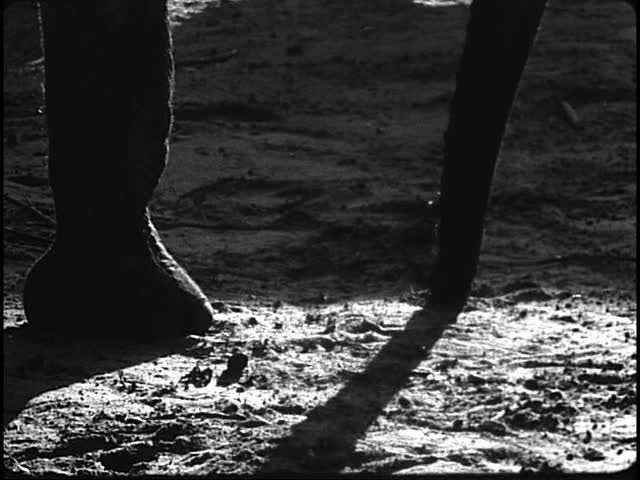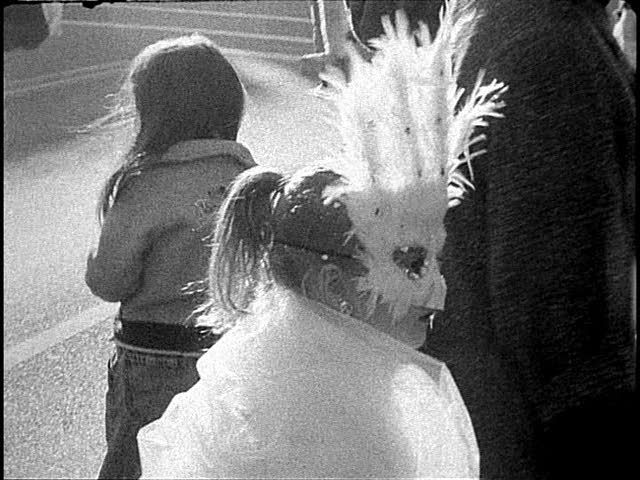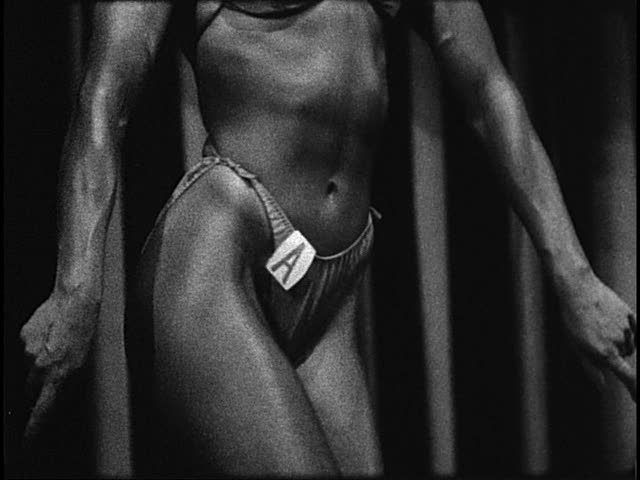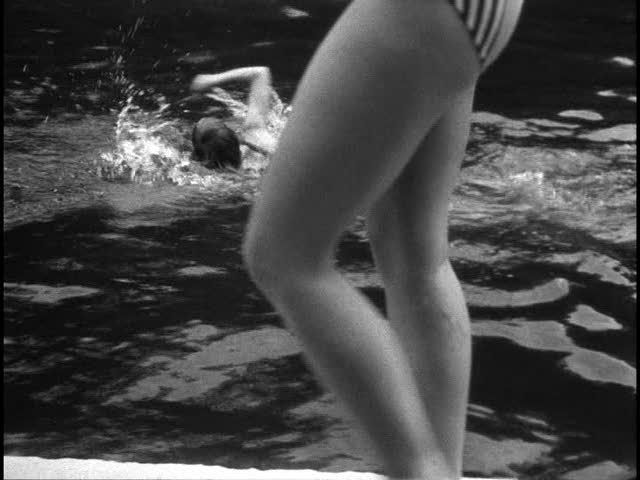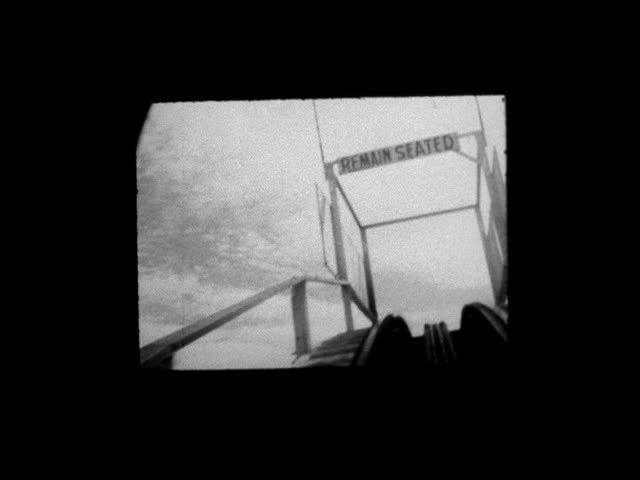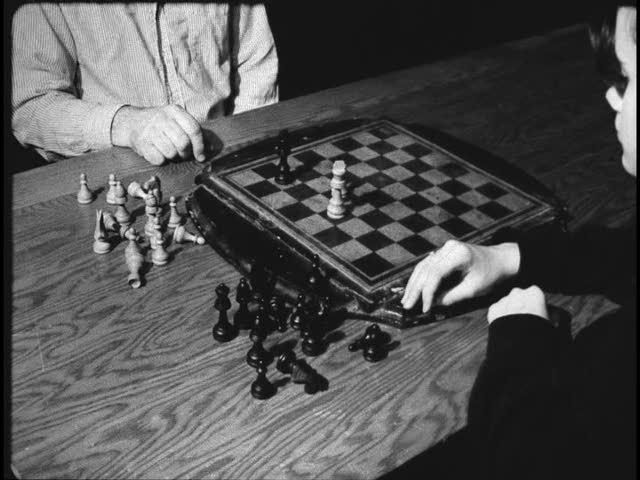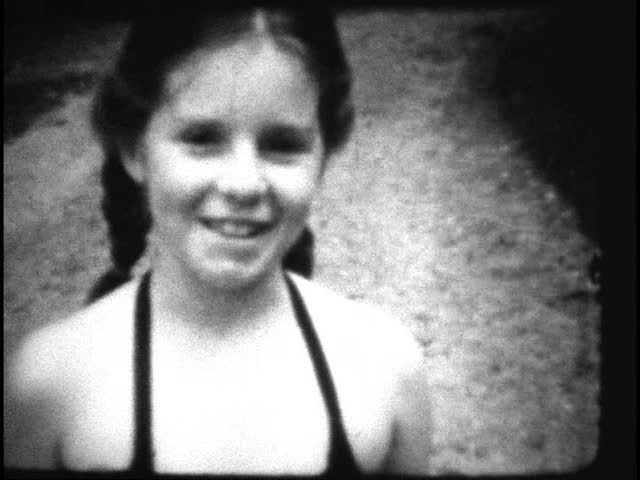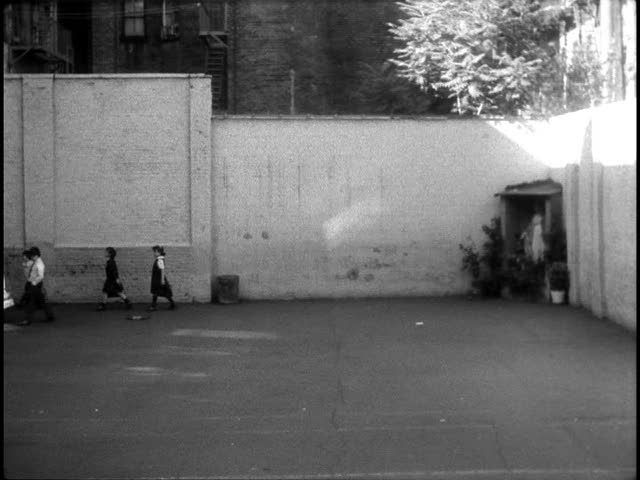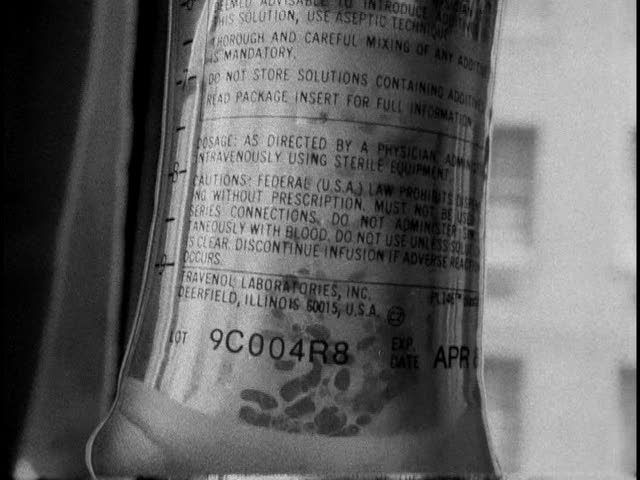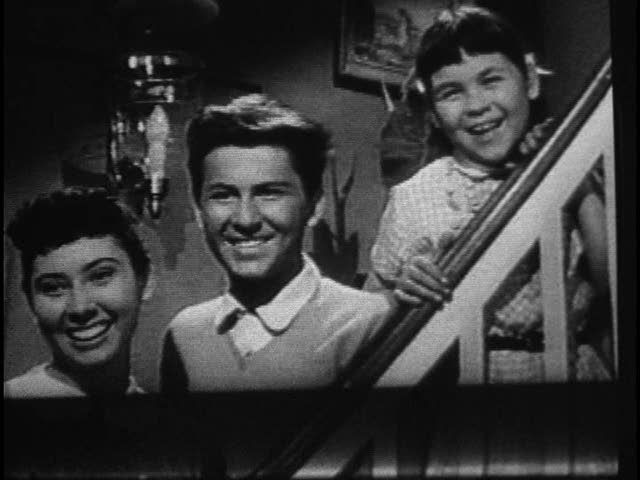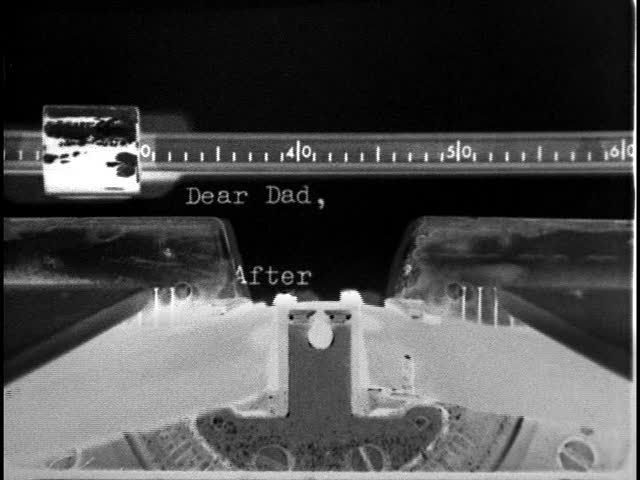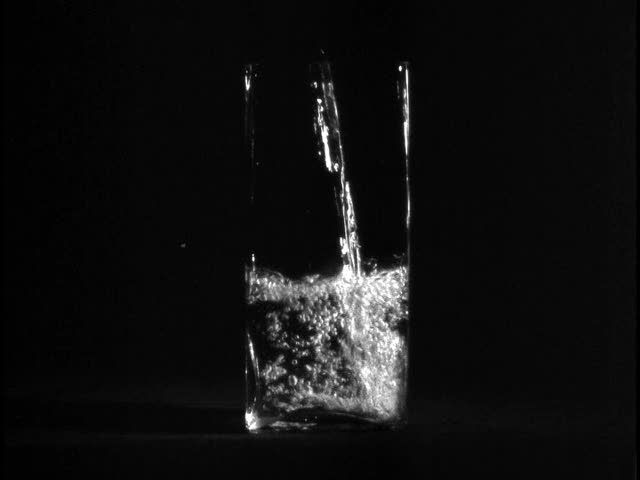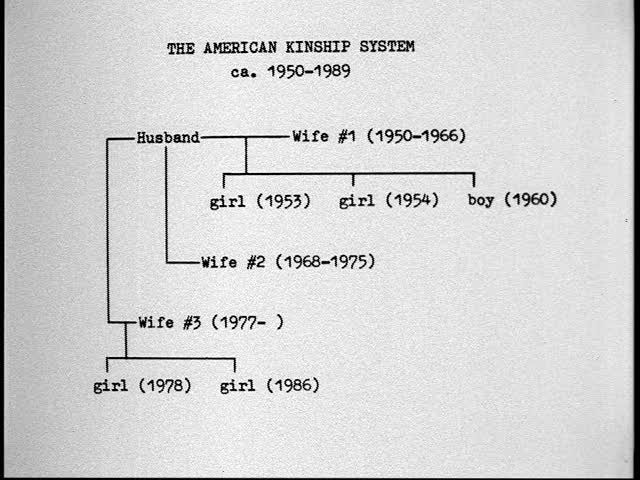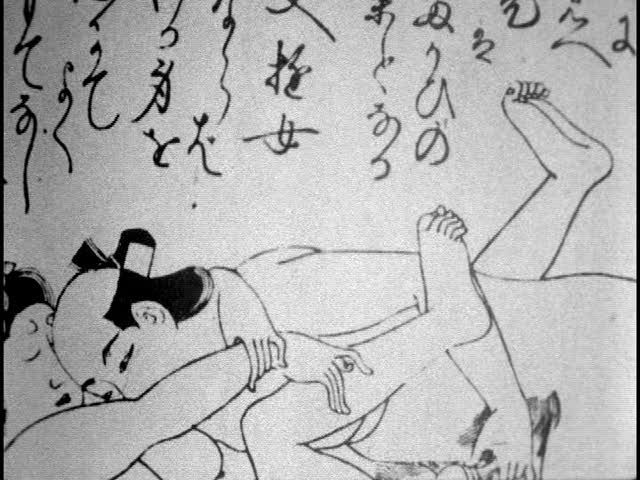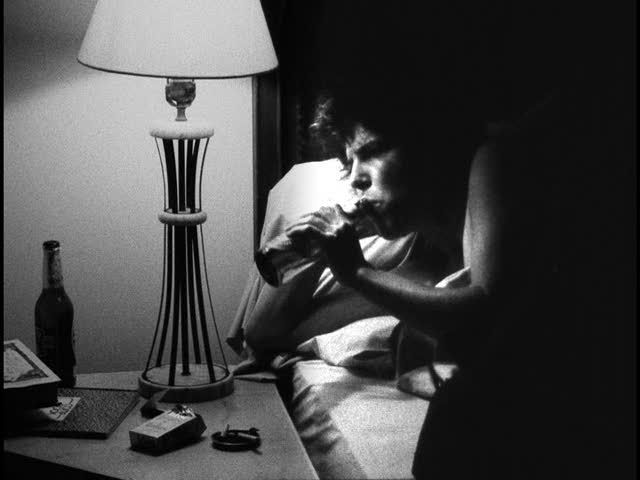 [This is cross-posted with my blog Only The Cinema. These are my introductory thoughts about November's Film of the Month. I will be posting in more detail about specific aspects of the film as the month goes on, but hopefully this will get the conversation started to some degree, both in comments and in other people's posts. If you haven't seen the film yet, I suggest you do so before reading, since the film (like all films, really) is best experienced with a fresh perspective.]
[This is cross-posted with my blog Only The Cinema. These are my introductory thoughts about November's Film of the Month. I will be posting in more detail about specific aspects of the film as the month goes on, but hopefully this will get the conversation started to some degree, both in comments and in other people's posts. If you haven't seen the film yet, I suggest you do so before reading, since the film (like all films, really) is best experienced with a fresh perspective.]The title of Su Friedrich's autobiographical essay-film
Sink Or Swim comes from the implied moral of one of the stories she tells about her relationship with her father, a robotically unemotional, distant, authoritarian figure for whom she holds very ambivalent feelings well into adulthood. In the story, she tells her father that she wants to learn how to swim, so he takes her to the deep end of the local pool, sits her down to explain the mechanics of swimming, and then simply throws her into the water to figure it out for herself. The lesson is obvious: learn to swim, or sink like a stone. This is a shocking story, a horrifying account of a father whose behavior towards his children at times verges on (or even crosses the line into) outright child abuse. And yet Friedrich presents the tale, as she does everything in the film, with a cool, even tone. The film is sporadically narrated by a young girl (Jessica Meyerson) whose childish, hesitant reading of the voiceover text gives the film the aura of a nostalgic ode to childhood, an impression that works against the sometimes horrific nature of the material being remembered. Friedrich deliberately distances herself from these intensely personal stories, searching for universality in her own life. The film is more than anything else an attempt to process and explore the ways in which childhood experiences shape a person's thoughts, attitudes, and outlook later in life.
The film is rigorously divided into twenty-six uneven parts, each of them corresponding to a letter of the alphabet, which proceed in descending order through the titles of the segments: "Zygote," "Y Chromosome," "X Chromosome," "Witness," and so on. This is the logic of childhood, attempting to arrange complicated events into nursery rhyme containers, a conceit that shows up in the soundtrack as well when the narrator murmurs sing-songy children's tunes or recites schoolyard poetry. The structure is complex and subtle, with texts and subtexts running in parallel through the visuals, the narration, and the one-word titles, which appear as onscreen text announcing each new section. The relationship between these three elements is complicated, sometimes coming together to enforce one another and enhance the overall point, while at other times the separate elements are telling different stories.
Early on, in a section titled "Utopia," the voiceover relates how Friedrich (always referred to as simply "the girl" from the film's third-person viewpoint) and her sister were not allowed sugar or TV as children, and how they got to indulge each of those luxuries once a week at a neighbor's apartment. There, the girls would get ice cream sundaes, sit in the dark and marvel at a televised circus. Friedrich accompanies this story, naturally enough, with circus images, but there is an undertone of forbidden sexuality in the images that is not present in the young girl's narration: a pair of circus performers, two shapely girls with horse tails and bare bottoms cavorting around; closeups on acrobats and strongmen whose form-fitting outfits emphasize their muscular bodies. This suggestion is carried over into the next section, "Temptation," which transitions naturally from the toned, athletic bodies of the circus performers to a closeup on the bikini-clad torso of a woman bodybuilder, while the voiceover describes the Greek myth of Atalanta and Hippomenes. The relationship between the images, titles, and voiceover in these two sections suggests an unspoken narrative beneath the text: the development of lesbian desire interwoven with a childhood fascination for mythology (those powerful, statuesque goddesses) and the carnivalesque. In this way, Friedrich explores the ways in which the child flows into the adult, without venturing into simplistic cause-and-effect chains. Rather, the film's unique structure allows her to view her life as a continuum, to see traces of various threads in her life as they develop through her personal obsessions and interests over time.

Among these, the most important thread is obviously her relationship with her father — and from that, the notion of fatherhood and parenthood as a generic concept. Friedrich explores this subject in many ways. Throughout the film, the voiceover returns periodically to stories about her childhood, usually illustrated with images that are only obliquely related to the story being told. The thrust of the film is to make its highly specific narrative more universal, to move away from this specific girl with her distant, somewhat abusive father (who ultimately leaves the family when Friedrich is around 11 years old). She is not talking about herself; she is talking about "the girl" and "the girl's father." And her images are often just as generic, just as timeless. She pairs the swimming anecdote with peaceful images of a community pool and the kids swimming in it. There is nothing to suggest the deadpan horror of the story itself. Later, after her father leaves, she describes her mother's erratic behavior, dispassionately recounting a scene where her mother placed Friedrich and her sister on a windowsill, high above the ground, and threatened their father, down below, that they'd all jump to their deaths. The father, true to his nature, simply stares at them, shakes his head, and walks away. This harrowing, unbelievable story (appropriately contained in a section called "Insanity") is accompanied by prosaic images of a hospital, suggesting the mental breakdown of Friedrich's mother following the divorce. When the story reaches its climax, the camera pauses, looking out a window, an unpopulated view substituting for the emotionally fraught content of the story.
This distanced, objective approach reaches its logical endpoint in the section entitled "Ghosts," which consists entirely of a static shot, manipulated to be a negative image, of a typewriter as Friedrich writes a letter to her father. Since the image is a negative, her words show up white on black paper, accompanied only by the sound of the typewriter. This is the most direct section of the film, in many ways: the only one in which Friedrich uses the "I" and discards the third-person disguise of the narration, and also the only one in which there is some direct sound. Throughout the rest of the film, the soundtrack is almost clinically clean and polished; whenever the voiceover pauses, which is frequently, there is complete silence. There's an aesthetic purity to this approach, and Friedrich only rarely compromises the soundtrack's dichotomy between minimal speech and absolute silence: in the "Kinship" section, she accompanies images of travel and a lesbian shower scene with a Germanic opera piece that her mother loved, and in "Ghosts" the typewriter clicks and clatters above a backdrop of tape recorder hiss, an intrusion of noise into the film's austerity. The text in "Ghosts," typed rather than spoken, is more directly autobiographical than the voiceovers, shedding the artifice of "the girl" to speak directly about how Friedrich's mother reacted to the divorce. It is the film's most personal and unmediated segment, but it is also aesthetically remote, forcing the audience to actively read this story as the words appear one by one, rather than simply listening as they had to the others. Even while briefly stepping closer to the material of her story, Friedrich makes sure that she does not eliminate the artifice that constrains her autobiography into a form where she can explore and examine it at will.
Throughout the rest of
Sink Or Swim, Friedrich deals with her father's legacy in a more indirect, objective manner. One segment approaches him by discussing a book he wrote, which posited that the goddesses Aphrodite and Demeter, representing romantic love and motherhood, were once aspects of a single feminine diety, who was split in two because of men's discomfort with the dual nature of women. Friedrich cleverly illustrates this essay by alternating between pieces of art that could represent the two goddesses and their distinct aspects: for Demeter, Christian iconography showing the Madonna and child, and for Aphrodite, Japanese erotic prints. Friedrich subtly accentuates the surprising similarities between the two forms of art, bolstering her father's argument by transitioning from an image of the baby Jesus suckling at his mother's nipple to a much filthier image of a man nestling in his lover's breasts. In another scene, she attempts to understand her father in anthropological terms, filling the screen with a family diagram that traces her father's progress from Wife #1 to Wife #2 to Wife #3, but obviously explains little. Meanwhile, the sequence "Homework" is completely silent and consists only of images from 50s family sitcoms, showing a scrubbed, smiley vision of family happiness through a haze of static and video distortion. Friedrich lets these images sit without commentary, the media fantasies of fatherhood and family violently disconnected from her own experiences. The film fits all of these varied approaches and aesthetic techniques comfortably into its formal structure, as Friedrich uses all the means available to her to better understand and express the feelings and ideas brought up by thinking about her father.


